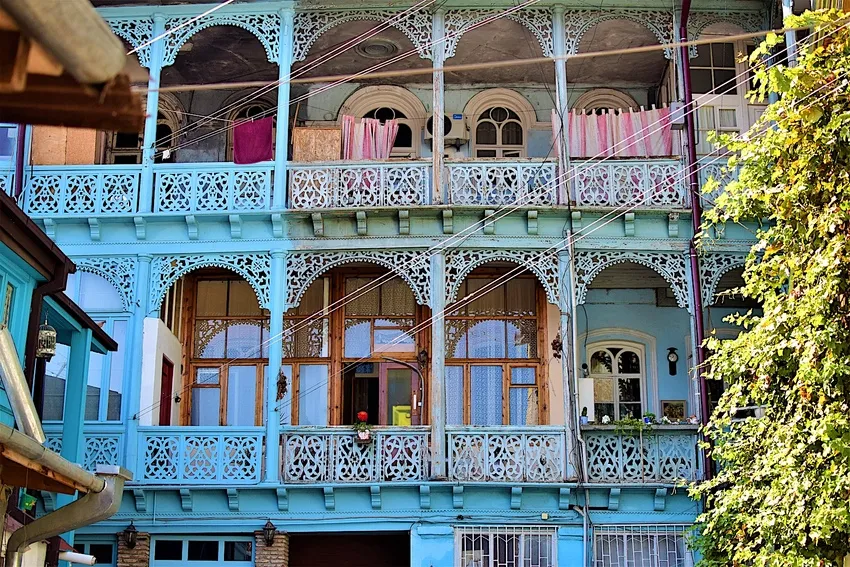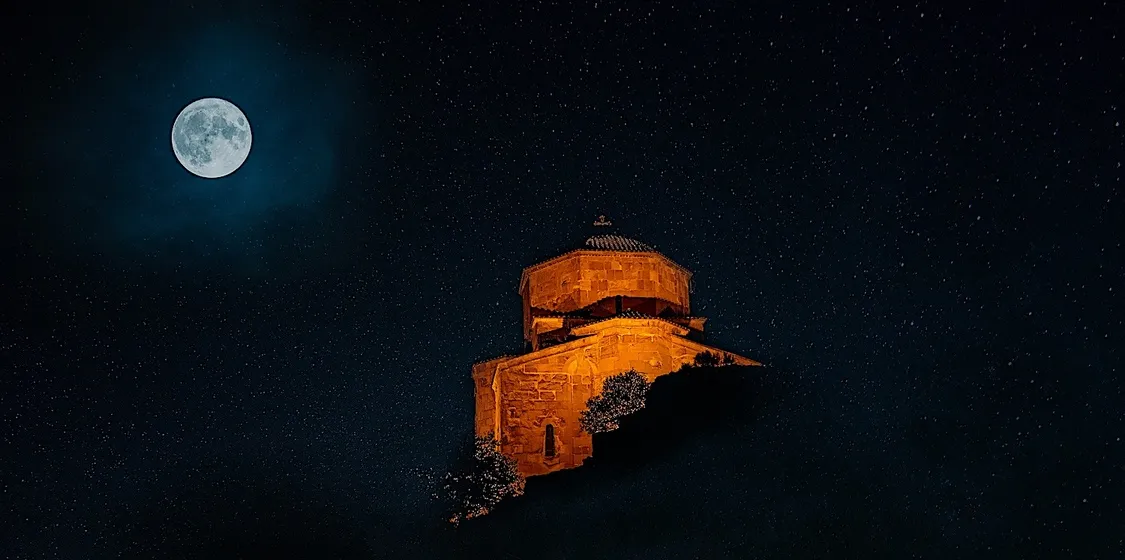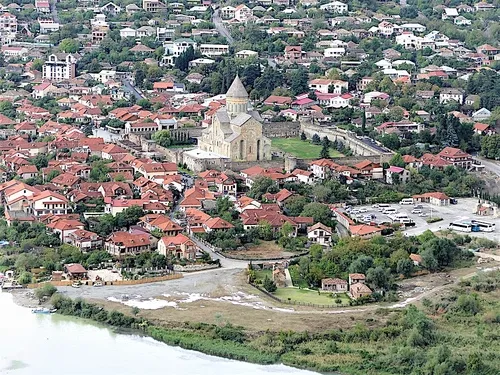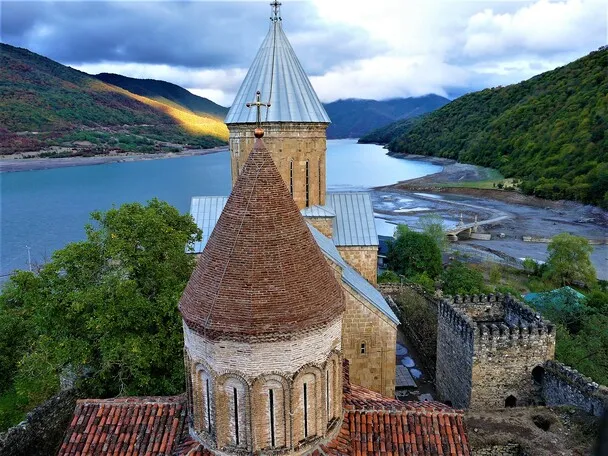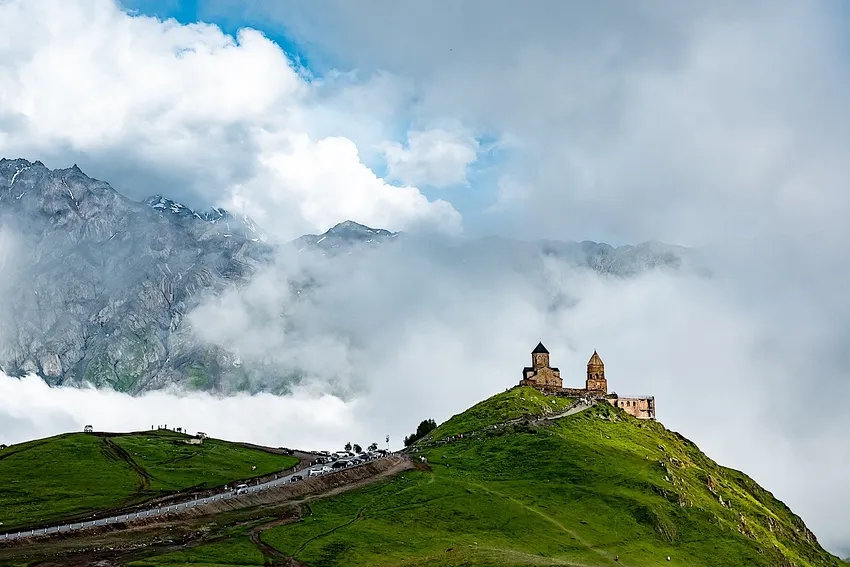-
Authentic Places
Petra Fortress
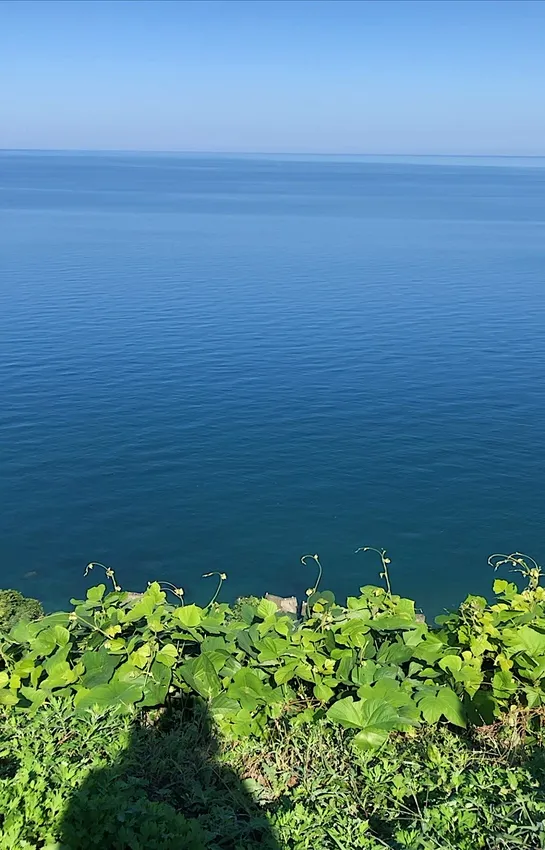
Have you ever heard of Shota Rustaveli’s epic poem from the 12th century? If you are visiting Georgia in the near future, be sure that you will see, feel, and read this poem in one way or another. Everyone admires this poem here, and it has a connection to Petra Fortress. In the poem, Shota Rustaveli mentions a fortress where one of the main characters, Nestan Darejani, was captured, and that fortress was called Kajeti Fortress. Kajeti Fortress is a Georgian name for Petra.
20 kilometers from Batumi, at 440 meters above sea level, in the village of Tsikhisdziri, with mesmerizing views of the Black Sea, is Petra Fortress. Firstly, there was a small stronghold of Lazi people on the site of the modern Petra Fortress. By decree of the Byzantine Emperor Ioane Strathegos, a village was created in 535 due to its strategic location.The place was called "The City of Justinian" in honor of the emperor.
Petra's fortress played a major role in the political life of western Georgia during the Byzantine era. Petra's fortress controlled an important economic route to the Byzantine provinces, Iran, and Armenia. Additionally, it controlled the sea paths. Byzantium and Iran were interested in keeping Petra in their favor, as their political and economic expansion depended on Peter's control of the region. That was one of the reasons for the great war of Egrisi in the middle of the sixth century. In the 10th century A.D., the settlement didn't exist anymore; however, the castle maintained its importance until the 15th century.
In the 20s of the 18th century, the Ottomans conquered and fortified Tsikhisdziri. During the Russo-Turkish wars (19th century), several important battles took place in Tsikhisdziri. In 1878, Tsikhisdziri was returned to Georgia under the Treaty of Berlin. The western part of the fortress exploded during the construction of the Baku-Batumi railway in the 19th century.

